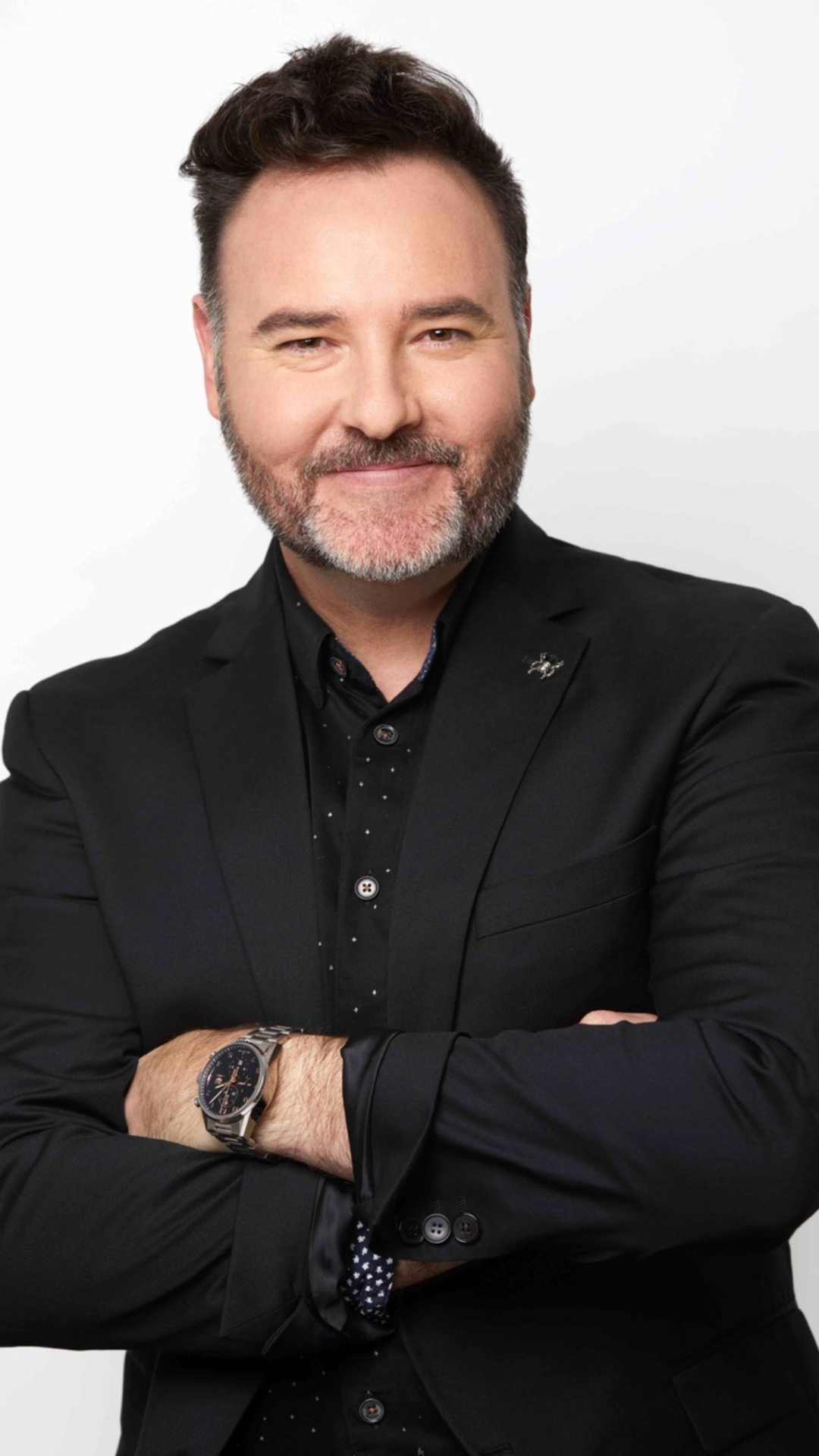If you’re a lash and brow specialist offering lash lifts, chances are you’ve had that dreaded moment: a client calls you the day after their appointment, exclaiming, “My lash lift has dropped! You’re going to have to redo them!”
The frustration is real. You’ve followed the steps, applied the solutions, and admired the flawless curl before your client left—only to find out that somehow, the lift didn’t last. This phenomenon, which I like to call the False Lift Paradox, is one of the most perplexing challenges in the lash industry. And yet, it’s completely preventable with the right knowledge and technique.
At its core, the False Lift Paradox occurs due to incomplete disulfide bond restructuring, lash composition, or environmental and product interference. But let’s break it down further—because lash lifting is an intricate craft, far more technical than it appears. Understanding the science behind it will empower you to troubleshoot and perfect your results, keeping those dreaded “my lift dropped” messages out of your inbox.

February 2025 L+A Report
Medi-Beauty Trends for 2025
Beauty trends for your practice from laser treatments to tinted primers!
2025 is about re-imagining beauty! We beg of you to let go of conventional thinking because – there’s nothing conventional about the treatment options available today!
Please join us —– over here —- outside of that box!
The Science of the Perfect Lift
Lash lifting is chemistry at its finest. The process hinges on breaking and reforming disulfide bonds—the very structure that gives lashes their natural shape. The first lotion, an alkaline-based formula, gently softens and reshapes the lashes by altering these bonds. The second step, neutralization, sets the new shape in place, allowing the lashes to maintain their beautiful lift.
But here’s where things get tricky. Not all lashes are the same. Some are resistant, with a glossy, low-porosity texture that stubbornly repels lotions. Others are porous and delicate, drinking up solutions rapidly. If disulfide bonds fail to reset correctly, the lift may appear flawless at first but gradually collapse as the lashes return to their natural state.
To combat this, mastering flex checks during Step 1 and set checks during Step 2 is crucial. These crucial tests help gauge whether the bonds are breaking down and reforming correctly, ensuring your results are predictable and lasting.
The Role of Neutralization in Lash Stability
If there’s one silent culprit behind false lifts, it’s incomplete neutralization. Many artists focus so intently on the lifting phase that they overlook the importance of re-bonding the lashes in their new position. Without complete neutralization, the lashes will not hold their shape, resulting in uneven curls or sections that drop prematurely.
Neutralization isn’t just about applying the second lotion and waiting—it’s about ensuring full coverage, optimal timing, and even application across the lash line. Each lash needs to be fully saturated and given ample time to reset. Rushing this step or uneven application can mean the difference between a flawless lift and a disappointing result. Remember processing times you see in the instructions of products are always only a guide. “There’s always a note stating, ‘depending on the strength of the lashes,’ which means processing times can vary—either shorter or longer—depending on the hair texture being worked with.”

Contribution by Otto Mitter
Otto Mitter’s journey in the beauty industry is one of inspiration, he’s a multi-award-winning lash & brow educator, product developer, cosmetic chemist, and brand builder with a career that spans over 2 decades.
Otto’s brand Elleebana produces lash & brow enhancement ranges and education programs for distributors, educators, and salon professionals in over 60 countries globally.
Otto’s busy schedule sees him touring to speak at exhibitions, conferences, and judge at competitions all around the world and he’s a leading authority when it comes to technical support in the area of lash and brow lamination and colouration.
Otto has a passion for continuing education, working with leaders in the industry, and dedicating his time to help up-and-coming beauty therapists, lash artists and educators develop their profiles and careers.
Follow @ elleebana on Instagram for the latest 2025 reveals! Or www.elleebana.com for the latest education and news in the world of lash and brow enhancement.
When Residue Creates an Illusion of Lift
Product interference is another sneaky factor in false lifts. Sometimes, lashes appear beautifully lifted when in reality, they are simply being held in place by adhesive or balm residue. The moment your client washes their lashes, the illusion fades, and what seemed like a stunning curl suddenly vanishes.
Proper cleansing after neutralization is essential to avoid this pitfall. Ensuring that no excess adhesive, balm, or polymer-based products are left behind will reveal the true state of the lift before the client leaves your chair. This way, there are no surprises when they go home and rinse their lashes for the first time.
The Art of Shield Selection and Lash Wrapping
A perfect lash lift isn’t just about the lotions—it’s also about the mechanics of the service. The size of the shield and the way the lashes are wrapped onto it play an enormous role in the final outcome. Choose a shield that’s too large, and the lift will be barely noticeable. Choose one that’s too small, and the result may be an over-processed-looking or exaggerated curl.
Proper wrapping technique ensures that each lash is evenly lifted and placed in a way that supports optimal tension, as well as, optimal lift ratio during the processing phase. This tension is what allows the disulfide bonds to reset at the correct angle, creating a uniform and defined curl. Mastering this technique, along with selecting the right amount of adhesive to secure the lashes without oversaturation, is the foundation of a beautifully executed lash lift.
The Tinting Conundrum
Adding tint to the service gives extra definition and wow factor, but it introduces yet another chemical process that can further weaken the lashes. Lash lifts already place stress on the cuticle and internal lash structure—introducing oxidative tinting immediately afterward adds another layer of processing that can tip the balance toward fragility.
If the tint is left on too long, it can compromise the cuticle even further, leading to unnecessary weakening of the lash. A simple solution is to reduce tinting time and use a lower peroxide percentage (such as 2%) to minimize excess damage. Additionally, integrating bond repair technology into the tinting process can help restore cross-links that may have been compromised or not reformed correctly.
Understanding Lash Growth Patterns and Lotion Processing Mapping
One of the greatest challenges in lash lifting is that lashes don’t grow in perfect uniformity. Some clients have downward-facing lashes, others have a natural curl, and some have multiple growth directions on one eye. A one-size-fits-all approach simply doesn’t work.
That’s where lotion processing mapping comes into play. This technique involves customizing processing times for different sections of the lash line. For example, the inner corners may need less time than the outer edges due to variations in lash density and texture. By mapping out processing times on an under-eye pad, you can track and adjust application times in real time, ensuring that every section is processed to perfection.
Elevating Your Lash Lift Game in 2025
Lash lifting is evolving, and so should we. What was once a straightforward service has become a nuanced art, requiring a deep understanding of chemistry, technique, and product interaction. The best lash artists in 2025 will be those who continuously refine their skills, invest in education, and stay ahead of emerging trends and technologies.
If you’ve struggled with false lifts, know that it’s not a failure—it’s an opportunity to refine your craft. By focusing on bond reformation, proper neutralization, meticulous application, and understanding product interactions, you’ll set yourself apart as a master of lash lifting.
And most importantly? You’ll wave goodbye to those “My lift dropped!” messages once and for all.
